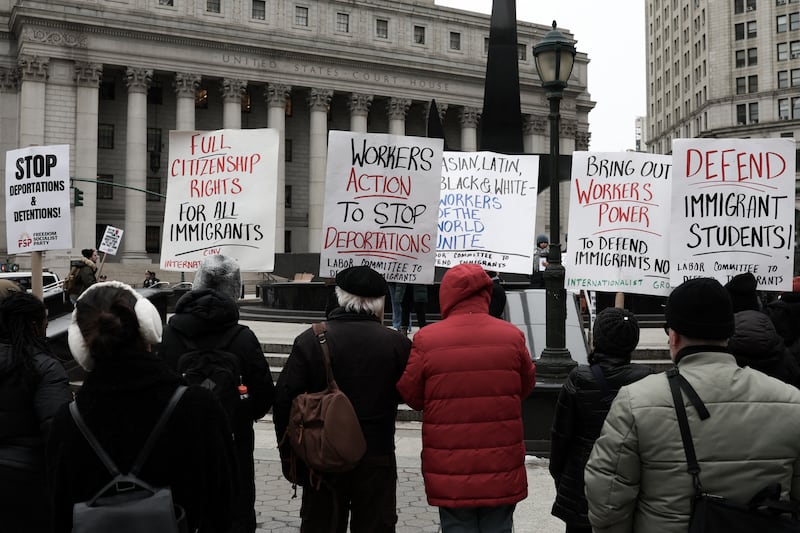On Thursday, the Cabinet approved a memo from Minister for Integration Roderic O’Gorman which proposed the payment of €1.5m to the EU amid lack of space for asylum seekers. But why would the State have to pay such a sum?
Q: What is the voluntary solidarity pact that Ireland signed up to in relation to migrants?
A: Hailed as historic when it was agreed by EU member states in June 2022, the “voluntary solidarity system” was a plan to redistribute migrants from southern EU states where substantial numbers were arriving. The ultimate aim was to shift 10,000 migrants into other European countries. The agreement was put in place to reassure countries that were the most affected by the arrival of migrants. This was particularly the case for Mediterranean member states of first entry. Ireland committed to relocating some 350 asylum seekers and international protection applications, and to taking over the examination of their asylum applications. It is understood that the Irish target for relocation in 2022 was about 80.
Q: So what happened?
First group of migrants deported from US arrive in Costa Rica
Of course Conor McGregor was best Irish person the White House could think of inviting on St Patrick’s Day
Immigration ‘makes the United States what it is’, Boston-Irish audience told
Conor McGregor comments on immigration in White House criticised as ‘wrong’ and ‘outrageous’
A: The war in Ukraine resulted in an unprecedented migration crisis across the European Union, sending some 16 million across the continent. The Department of Integration is currently providing accommodation for more than 86,500 people, which includes more than 65,600 people from Ukraine and more than 20,900 international protection applicants from other countries. By the start of this year, the accommodation crisis had become acute, with hundreds of international protection applications finding themselves on the streets or living in tents. Because of this, the State’s capacity to provide accommodation to the additional 350 as part of the relocation programme is under “severe pressure”, a Cabinet meeting was told on Thursday morning.
Q: Why are we proposing to pay €1.5m when we have such a serious accommodation crisis?
A: If a member state found that they could not relocate asylum seekers, the system allowed for an alternative financial contribution to be made to benefiting member states. Although the details are somewhat vague, the form of this financial contribution could include promising money for projects in the affected countries that could have a direct impact on the number of arrivals or entries at external borders.
Q: What did other countries agree, and have those pledges materialised?
A: Based on the declaration, the relocation of 10,000 people was initially envisaged, with France agreeing to 3,000 and Germany to 3,500 relocations. In the end the promised figure came closer to 8,000 individuals, while a handful of other countries proposed a financial contribution. The first group of 38 individuals were relocated from Italy to France in August 2022.
Since the agreement last summer, countries such as Slovakia, Slovenia, and Poland have referred to their “overstretched” reception management systems because to the war in Ukraine. Other countries such as Poland and Greece expressed concern that the relocation system could serve as a factor in attracting irregular migration.
In conclusion, it appears the voluntary relocation system did not achieve what it hoped for, and will likely fall drastically short of the 8,000 expected relocations, given that the actual figure was just 435 in February.
Q: What has been the reaction of the countries most affected by increased migration?
A: Earlier this year, five European Union countries on the Mediterranean Sea pushed back against other EU countries for not accepting migrants under the relocation scheme. EU migration Ministers from Cyprus, Greece, Italy, Malta and Spain met in Malta’s capital, Valletta, in March and told reporters that just 1 per cent of the migrants who arrived in those front-line nations along the EU’s southern border last year were taken in by other EU members under the relocation program. Spain’s interior minister Fernando Grande-Marlaska Gomez also suggested that his country might come up with a new mechanism when Spain holds the EU’s rotating presidency in the second half of 2023.












